We may earn money or products from the companies mentioned in this post, but this does NOT cost you anything extra! Check out my full disclosure for more info.
Here’s the story behind this post and why every Tesla owner needs to read it.
Over the past few weeks, I noticed my Tesla’s AC wasn’t performing well, but I didn’t think much of it until we hit 100+ degree weather. My neighbors and I noticed how loud my Tesla Model 3 had become, but I brushed it off since it’s a relatively new vehicle.
Then came the multiple 100+ degree days while I was on the road.
The AC only blew hot air!

Click the image above to make your own awesome photos!
I tried everything: switching from auto to manual, changing between inside and outside air, and even using Dog Mode. Nothing worked, and the constant hot air was incredibly frustrating.
I want to mention something here. I drive over 1,000 miles a week, spending a lot of time in my Tesla. Combined with the hot weather, outdoor work, and visits to job and construction sites, I was miserable.
After a few days of suffering, I called the Fremont service department. After a 20-minute hold, I spoke with a pleasant representative who verified my identity via the app. They found a high-temperature warning and said I needed to schedule an appointment for a proper diagnosis.
I’m unsure if you know how much this costs, but it’s a crazy $235 fee just to run the diagnosis!
The hot air became unbearable while charging at a supercharger, and I started feeling lightheaded. This is when I learned that, like cell phones, Teslas shut down when they get too hot, but you can’t just put them in a cooler.
The screen went black, and I couldn’t use the app, see my speed, or check my battery level. I made multiple calls to tow companies. While on hold, I unplugged the Tesla from the supercharger and drove it to a shaded spot, relieved it still had power.
One tow driver suggested disconnecting the battery for a few minutes. The Tesla has a battery in the frunk that’s easy to disconnect once you know how to use it.
To get to this battery connection:
Open the fronk
Pull off the plastic cover (where you fill up the window washer fluid)
You will see the battery connection.
A friend stopped by to help me during this ordeal and discovered the root of the problem.
He determined that the heat exchanger and the battery cooling radiator below the front bumper were caked with dirt, sand, bugs, and other debris.
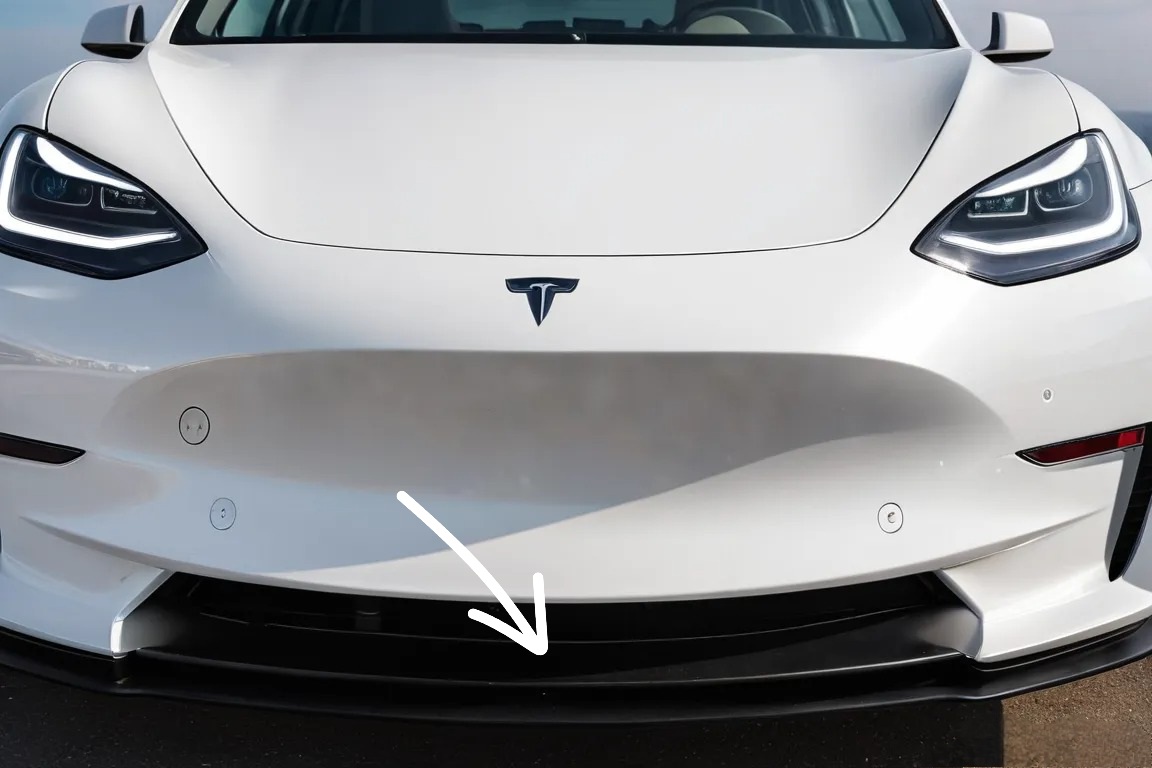
With him following me to make sure nothing happened on the road, we went to a car wash and hosed out the radiator, and it was astounding how much debris came out.
This simple fix saved me a ton of money on a tow and diagnosis—estimated to be over $1,000—all for just $2 at a car wash.
Once home, I checked online and found no mention of this issue. So, if your AC is acting up, take these steps:
- Ensure the AC is on.
- Replace your air filters.
- Check for any alerts or updates.
- Use a high-pressure hose to clean your radiator.
Everything works perfectly now, and I believe all Tesla owners should know about this. Many may not drive in the same conditions as I do, but it’s a handy tip for anyone.
For those who are interested, the Tesla Fremont service number is 877-798-3752.
The above story got me thinking about everything people might not know about Teslas.
As a Tesla owner, you already know that driving one of these cutting-edge electric vehicles is an experience like no other. The sleek design, advanced technology, and eco-friendly performance make every trip enjoyable.
However, when the air conditioning (AC) system starts acting up, it can turn your pleasant drive into a sweltering ordeal.
Now that you know how to fix the problem and won’t have to suffer as I did for multiple days, let’s go over a few other things related to the Tesla AC system that you should know.
Let’s dive into the cool world of Tesla AC troubleshooting!
If you want to skip a section, see the expandable table below.
Why Your AC Isn’t Working – Common Tesla AC Issues
It’s a hot day. You hop into your Tesla, turn on the AC, and… nothing but warm air blows out.
Frustrating, right?
If your AC seems to be working but not cooling, here are some potential causes and quick fixes to get that cool breeze back:
- Software Glitches
- Cause: Tesla vehicles have sophisticated software controlling everything, including the AC system. A software glitch can cause the AC to malfunction.
- Fix: Update your vehicle’s software. Go to the main menu, select ‘Software,’ and check for updates.
- Climate Control Settings
- Cause: Incorrect settings can sometimes be the culprit. For example, if the AC is set to “Eco” mode, it may not cool efficiently.
- Fix: Double-check your climate control settings on the touchscreen. Ensure the AC is set to “Auto” or “Max” for optimal cooling performance.
- Faulty Sensors
- Cause: Your Tesla relies on sensors to monitor and regulate the AC system. A failing sensor can lead to incorrect temperature readings or the AC not working.
- Fix: A diagnostic check can identify faulty sensors.
- Faulty AC Compressor
- Cause: The AC compressor circulates refrigerant through the system. If it’s failing, the AC might not cool effectively.
- Fix: Listen for unusual noises from the AC compressor. If you suspect it’s failing, consult a professional for repair or replacement.
- Low Refrigerant
- Cause: Refrigerant is essential for the AC system to cool the air. Low levels due to leaks or normal usage can result in warm air.
- Fix: Have a professional check the levels and recharge the system if necessary. DIY refrigerant kits are available, but professional servicing is recommended for accuracy and safety.
- Blocked Air Filters
- Cause: Dirty or clogged air filters can restrict airflow, making it seem like the AC isn’t working properly.
- Fix: Replace the air filters regularly. For Tesla Model 3 owners, this means swapping out the cabin air filters every 12,000 to 15,000 miles.
- Blocked Vents
- Cause: Objects or debris blocking the vents can hinder proper airflow.
- Fix: Ensure all vents inside the vehicle are open and free from obstructions. Check the vents under the seats and dashboard for any blockages.
- Blower Motor Issues
- Cause: If the blower motor is faulty, the AC might be unable to push cool air through the vents.
- Fix: Listen for unusual noises from the blower motor, as this can indicate a problem.
- Electrical Problems
- Cause: A blown fuse, loose connection, or wiring issue can prevent the AC from functioning correctly.
- Fix: An electrical system check can pinpoint and fix these problems.
By understanding these common causes, you can take the first steps in diagnosing why your Tesla AC isn’t working. Next, we’ll cover how to reset your Tesla air conditioner to see if that resolves the issue.

Maintenance and Air Filter Replacement
- Weekly: Clean the vents and check for any unusual noises or leaks.
- Monthly: Inspect the air filters and ensure they are clean. Replace if necessary.
- Quarterly: Check for software updates and install them. Precondition your car before use.
- Annually: Schedule a professional checkup to inspect the refrigerant levels and overall AC system health.
This is a basic schedule, but depending on where you drive, remember to hose off the radiator to keep it clean.
Don’t get caught without AC!
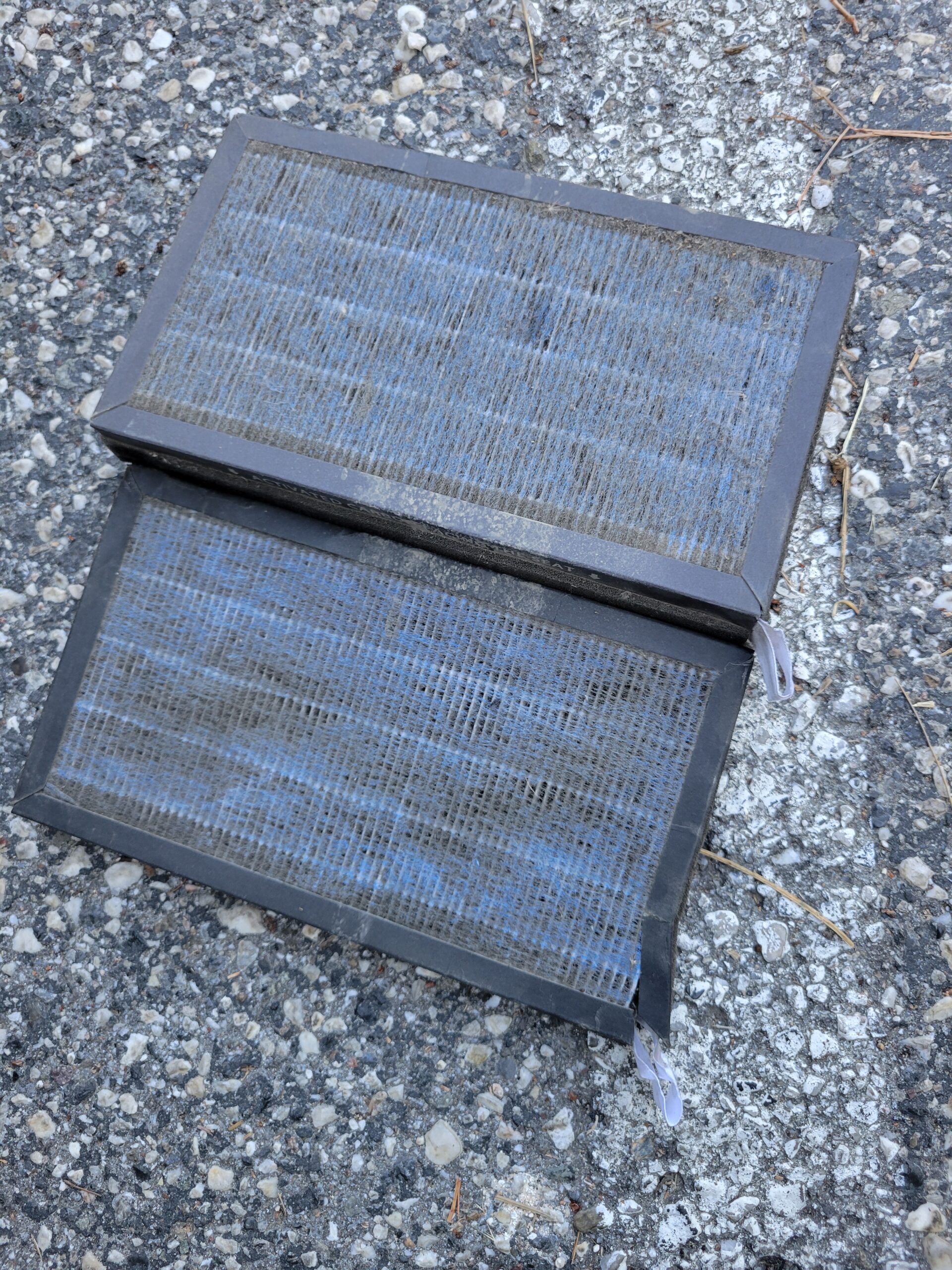
Tesla Model 3 AC Filter Replacement
Since I mentioned this above, I figured adding how to replace the AC filter in your Tesla Model 3 is a crucial maintenance task that you should know how to do.
Below is a step-by-step guide to help you replace the AC filter, but I will also include a very well-done YouTube video, so you have all the info you need.
He used a foam cleaner that I did not, but you’ll be able to identify the air intake and replace the cabin air filter quickly with the video below.
Also, the first time I replaced my own air filters, it took me around ten minutes. So it’s easy and something anyone can do.
- Gather Your Supplies
- What You Need: New cabin air filters, a Torx screwdriver (T-20), and a trim removal tool.
- Tip: Purchase high-quality replacement filters to ensure optimal performance.
- Access the Passenger Side Footwell
- Step 1: If your fan/AC is on, turn it off. Next, move the passenger seat all the way back to give yourself ample working space.
- Step 2: Remove the floor mat to expose the footwell area.
- Remove the Trim Panel
- Step 3: Use the trim removal tool to gently pry off the trim panel located under the glove box. (You can use your fingers for this like I did.)
- Step 4: Carefully set the panel aside to avoid any damage.
- Unscrew the Filter Cover
- Step 5: Locate the filter cover held in place by Torx screws. There is only one screw. It’s the one that is close to the front of the Tesla.
- Step 6: Use the Torx screwdriver to remove the screws and take off the cover.
- Replace the Old Filters
- Step 7: Remove the old cabin air filters and note their orientation for the correct installation of the new ones. There are two air filters for the Model 3 (they stack on top of each other).
- Step 8: Insert the new filters, ensuring they are positioned correctly per the arrows indicating airflow direction.
- Reassemble the Components
- Step 9: Reattach the filter cover and secure it with the Torx screws.
- Step 10: Snap the trim panel back into place under the glove box.
- Step 11: Replace the floor mat and return the passenger seat to its original position.
- Your Done!
Everyone who owns a vehicle should know how to do this. It’s easy, and not with the $60+ every shop seems to charge these days.
Also, replacing air filters regularly will ensure that your AC system remains efficient and effective, providing you with a comfortable and healthy driving experience.
Tesla Air Conditioning Efficiency Tips
Keeping your Tesla’s air conditioning system running efficiently enhances your comfort and helps reduce energy consumption, preserving battery life for longer drives.
I would be interested if anyone else uses these tips. So, not sure if it’ll help, but here are a few additional tips to reduce your Tesla’s energy consumption:
- Precondition Your Tesla
- Tip: Use the Tesla app to precondition your car while it’s still plugged in.
- How: Open the Tesla app, select your vehicle, and activate climate control to precondition the interior to your desired temperature.
- Benefit: This allows the car to use power from the charging source instead of the battery, preserving battery life for your drive.
- Use the ‘Auto’ Climate Control Setting
- Tip: Set your AC to ‘Auto’ mode rather than manually adjusting the settings.
- How: Tap the Climate icon on the touchscreen and select ‘Auto.’
- Benefit: The system optimizes the temperature and airflow, ensuring efficient cooling without overworking the AC components.
- Shade Your Tesla When Parked
- Tip: Park in shaded areas or use a sunshade to keep the interior cooler.
- How: Use a windshield sunshade and park under trees or structures whenever possible.
- Benefit: Reducing the interior temperature minimizes the AC’s workload when you start driving, saving energy.
- Ventilate Before Cooling
- Tip: Ventilate your car by rolling down the windows for a few minutes before turning on the AC.
- How: Open the windows briefly to let the hot air escape, then close them and activate the AC.
- Benefit: This reduces the initial cooling load on the AC system, making it more efficient.
- Maintain Your AC System Regularly
- Tip: Keep up with regular maintenance, including filter replacements and refrigerant checks.
- How: Follow the maintenance routines outlined in the Tesla AC Maintenance Tips from an Owner section.
- Benefit: A well-maintained AC system operates more efficiently, using less energy and providing better cooling.
- Optimize Temperature Settings
- Tip: Avoid setting the temperature too low. Aim for a comfortable range, like 72-75°F (22-24°C).
- How: Adjust the temperature on the touchscreen and monitor the comfort level.
- Benefit: Moderate settings prevent the AC from overworking and consuming excessive energy.
- Use ‘Eco’ Mode Wisely
- Tip: Use the ‘Eco’ mode for the climate control system during less demanding conditions.
- How: Select ‘Eco’ mode from the climate control settings on the touchscreen.
- Benefit: This mode uses less energy by adjusting cooling output, which can be ideal for mild weather.
- Keep Windows Closed While AC is On
- Tip: Ensure all windows are closed tightly when the AC is running.
- How: Double-check that all windows and sunroof (if applicable) are fully closed.
- Benefit: Prevents cool air from escaping and hot air from entering, allowing the AC to work more efficiently.
- Tint Your Windows
- Tip: Consider tinting your windows to reduce heat buildup inside the car.
- How: Install high-quality window tints that block UV rays.
- Benefit: Tinted windows can significantly reduce the interior temperature, easing the load on your AC system.
By following these Tesla Air Conditioning Efficiency Tips, you can ensure that your AC system operates at peak performance, providing a comfortable driving experience while conserving energy and preserving battery life.
Wrapping Up Your Tesla AC Journey
Maintaining a fully functional air conditioning system in your Tesla is essential for a comfortable driving experience, especially during those scorching summer days.
We’ve covered several key points to help you keep your Tesla AC in top shape.
First, understanding common AC issues, such as software glitches, faulty sensors, and low refrigerant levels, can help you identify why your AC might not work. Even a quick reset for your Tesla (simply holding the two scroll wheels on the steering wheel for a few seconds) can often resolve minor software issues.
We also explored troubleshooting AC problems, detailing why your AC might be working but not cooling, and offering practical solutions.
Recognizing symptoms of a failing AC compressor, like strange noises and reduced cooling efficiency, and understanding the importance of prompt repairs are crucial steps in maintaining your vehicle’s comfort.
Following these tips and troubleshooting steps can make a difference in keeping your Tesla’s AC system running smoothly and efficiently.
Not only will you enjoy a cooler and more comfortable ride, but you’ll also extend the lifespan of your AC components and conserve battery life.
Don’t let AC issues damper your Tesla driving experience. After all, Teslas are SUPER FUN to drive.
And for those wondering, yes, I still have the Rav.
But I’m looking forward to camping in the Tesla (there is a camp mode).
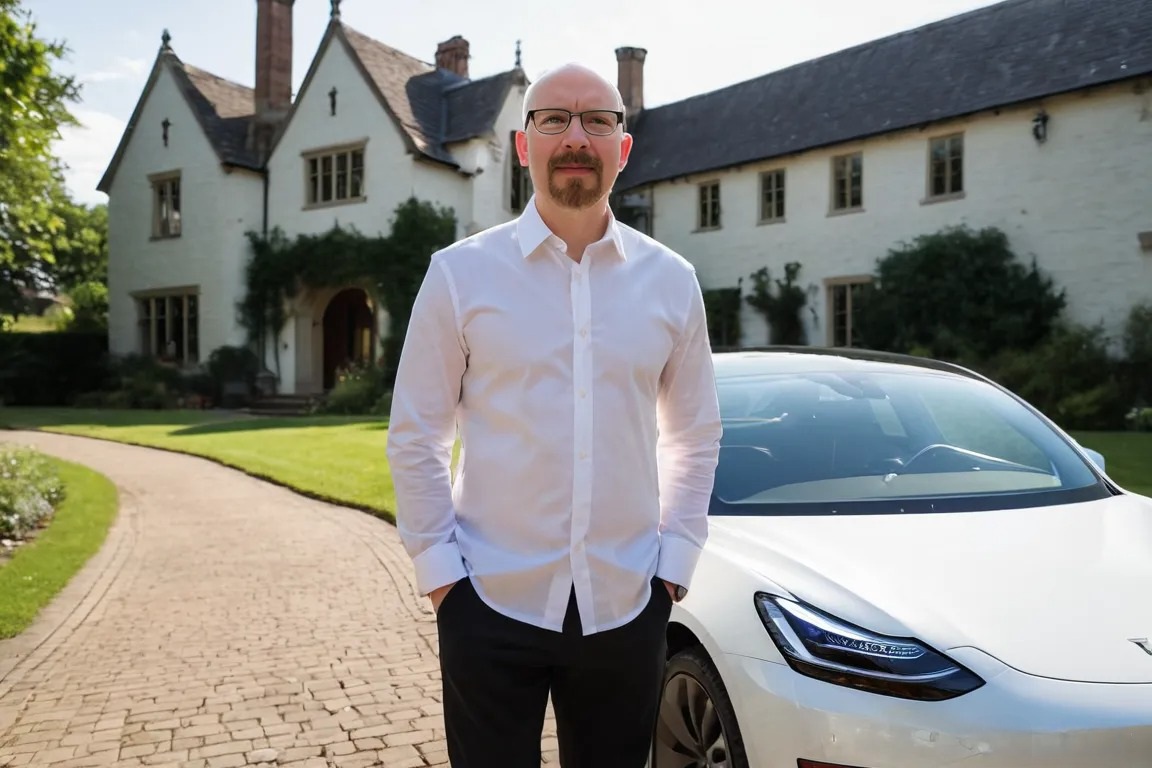
Click the image above to learn how.
If you found this guide helpful, don’t keep it to yourself!
Share this article with fellow Tesla owners who are facing similar AC issues.
Your experiences and insights could make a big difference.
We’d love to hear from you, so please comment below with your personal experiences or any additional tips you might have.
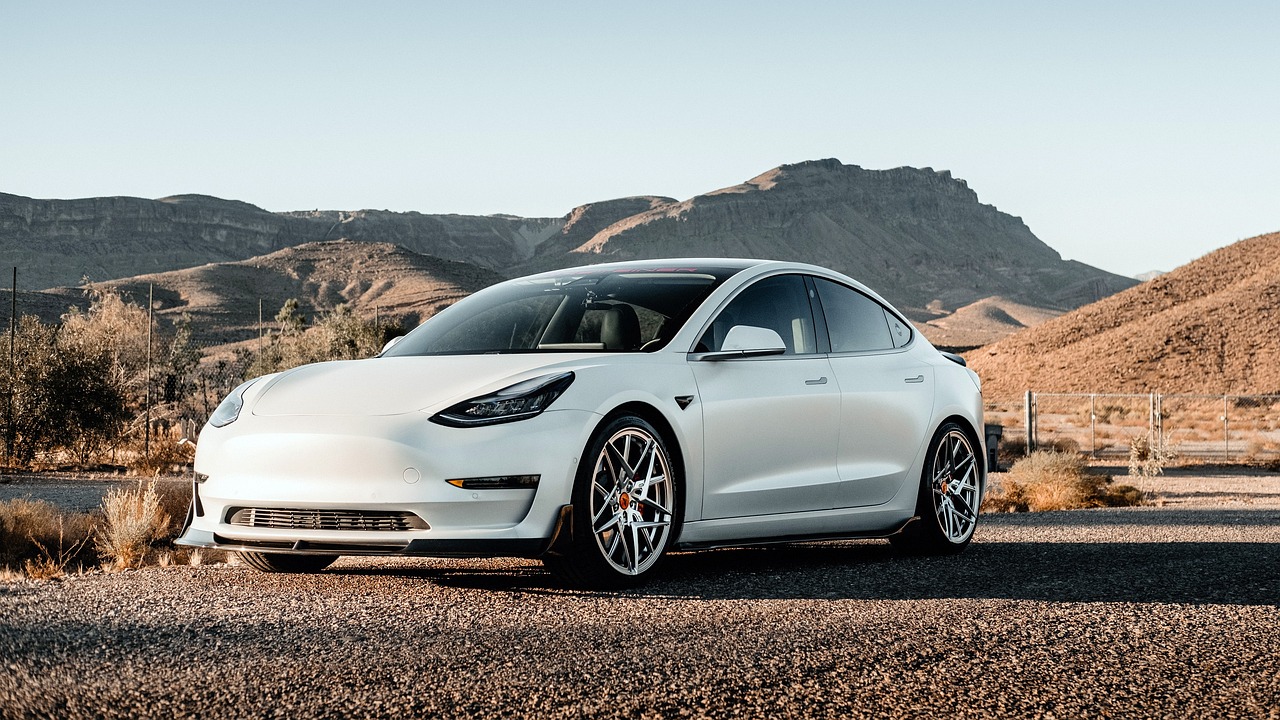

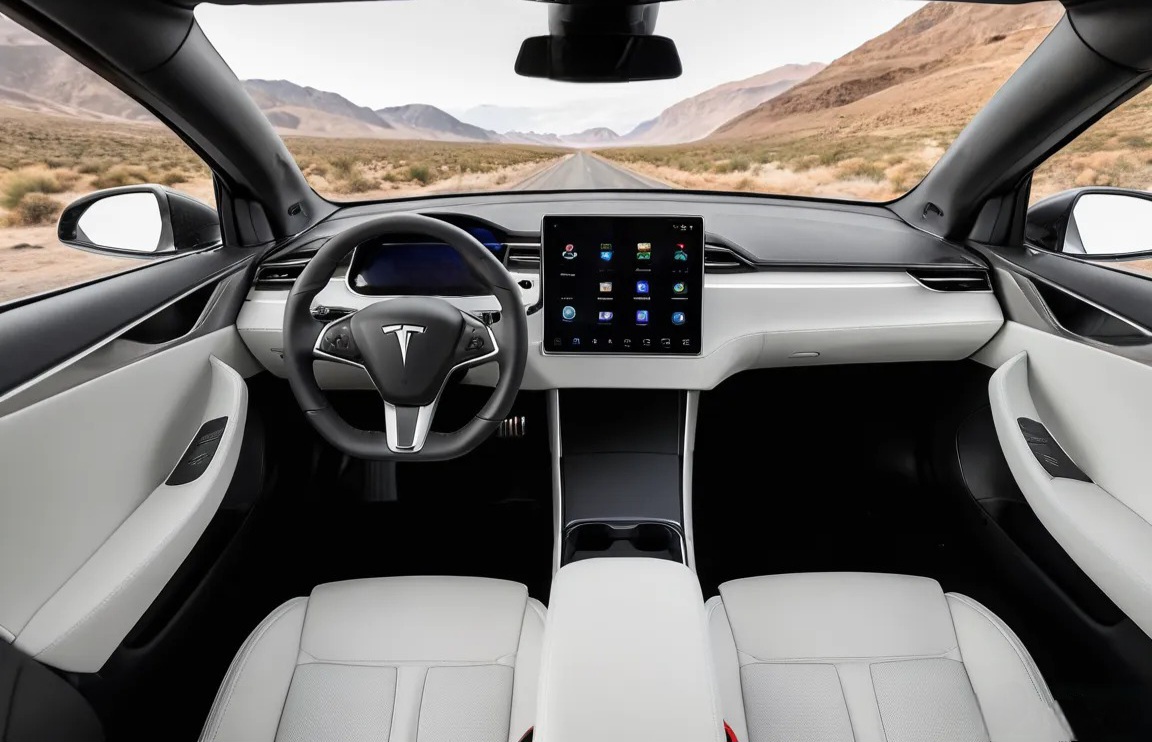
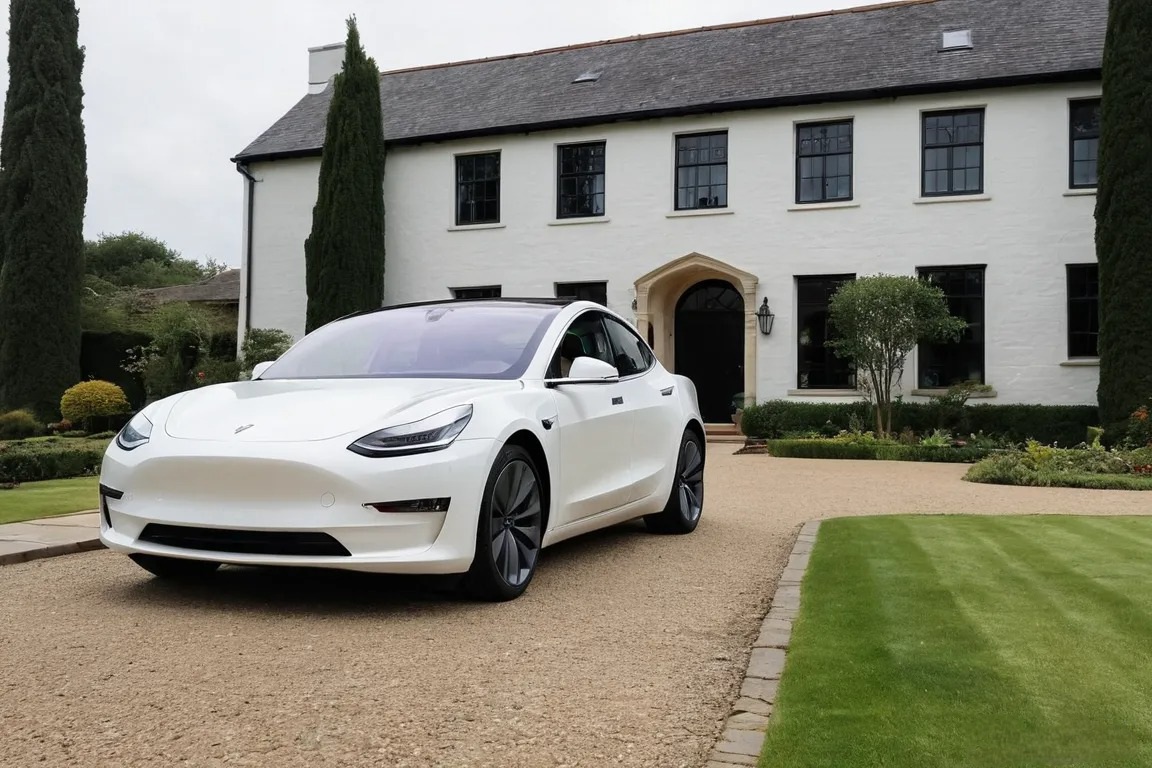
Wow lucky finding out a simple wash is all you needed. I laughed when you said you couldn’t put in the fridge! It’s crazy to think they are a big computer and it can over heat. I know it’s expensive to fix anything on the Tesla but the convenience and low cost to cost for fuel is definitely a plus. I’ve been thinking about getting one but still up in the air.
Wow, thanks for checking out the post. I know it’s on the longer side, but the important stuff is in the first section. It would be nice if you could easily cool the Tesla down, but oh well.
My primary vehicle is a Rav4, and the Tesla is mainly a work car, but I drive over 1,000 miles a week and really enjoy the Tesla. If you ever have questions, feel free to reach out, and I’ll help in any way I can. They are a lot of fun to drive and very comfortable.
Also, quick update: doing the wash helped so much. I also need to update the post because I removed the fronk (yes, that’s the front trunk) and cleaned out the radiator. I have photos and short videos so others can do it as well. I haven’t had any issues since!
Thanks for sharing your experience with the Tesla AC issues! It’s surprising how a simple wash resolved the problem. Your detailed troubleshooting steps and maintenance tips are incredibly helpful. I never realized how critical regular cleaning of the heat exchanger and radiator is. The cost of diagnostics and repairs can be daunting, so it’s great to know about these DIY solutions. Your guide is a must-read for every Tesla owner. Do you have any additional tips for those considering a switch to electric vehicles?
Thanks for the comment. You’re right, it’s funny how simple DIY fixes can help a ton and save a ton of money. I have a few other ideas for those sitting to EVs, but if you have any specific questions, be sure to ask.
One of the biggest problems is that if you don’t drive a lot, then an EV might not be for you (but rather, it may be one of the hybrids or one that you can switch from electric to gas). EVs, such as Teslas, are substantial power suckers and, if you ask me, aren’t very green…but that could be a subject for another post if people are interested in my take.